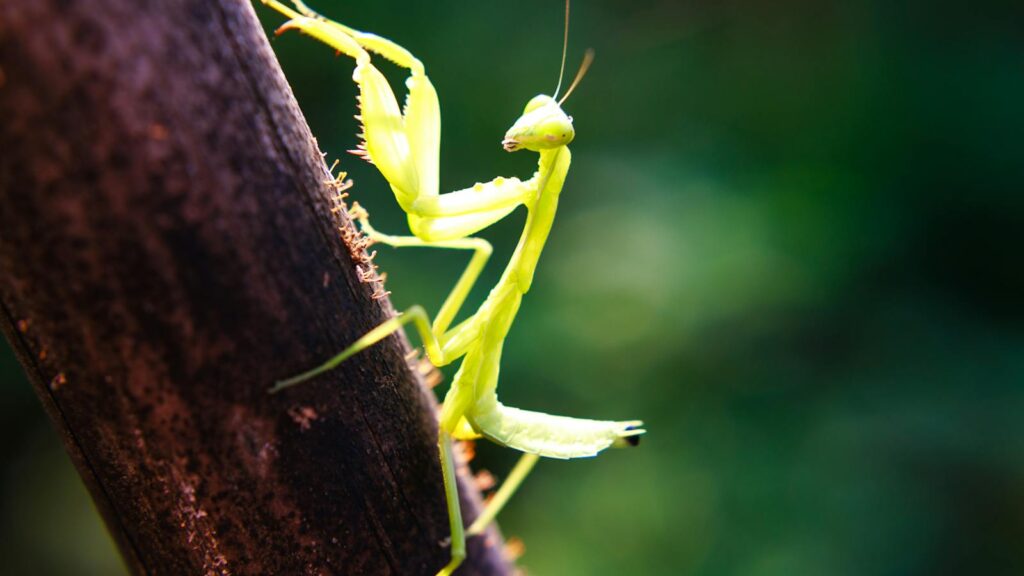
In the intricate world of entomology, few behaviors captivate researchers and nature enthusiasts alike quite like cannibalism. While predation is common throughout the animal kingdom, certain insects take this behavior to remarkable extremes, consuming their own species with an efficiency and ruthlessness that borders on the macabre. From mantids that devour their mates to larvae that consume their siblings, insect cannibalism represents one of nature’s most fascinating yet disturbing survival strategies. This article explores what many scientists consider the most extreme case of insect cannibalism – the remarkable behaviors of the spadefoot toad tadpoles, whose rapid morphological changes into cannibalistic forms represent one of nature’s most dramatic examples of intraspecific predation.
The Scientific Understanding of Cannibalism in Insects

Cannibalism, the consumption of members of one’s own species, is surprisingly widespread in the insect world and serves various evolutionary purposes. Entomologists classify insect cannibalism into several categories including sexual cannibalism, filial cannibalism, and size-dependent cannibalism, each representing different ecological contexts. This behavior typically emerges as an adaptive strategy in response to environmental stressors such as food scarcity, high population density, or nutritional deficiencies. From an evolutionary perspective, cannibalism can provide immediate nutritional benefits while simultaneously reducing competition for limited resources. Scientists have documented cannibalistic behaviors in more than 1,500 species across diverse insect orders, suggesting this strategy has evolved independently multiple times throughout evolutionary history.
Sexual Cannibalism in Praying Mantis
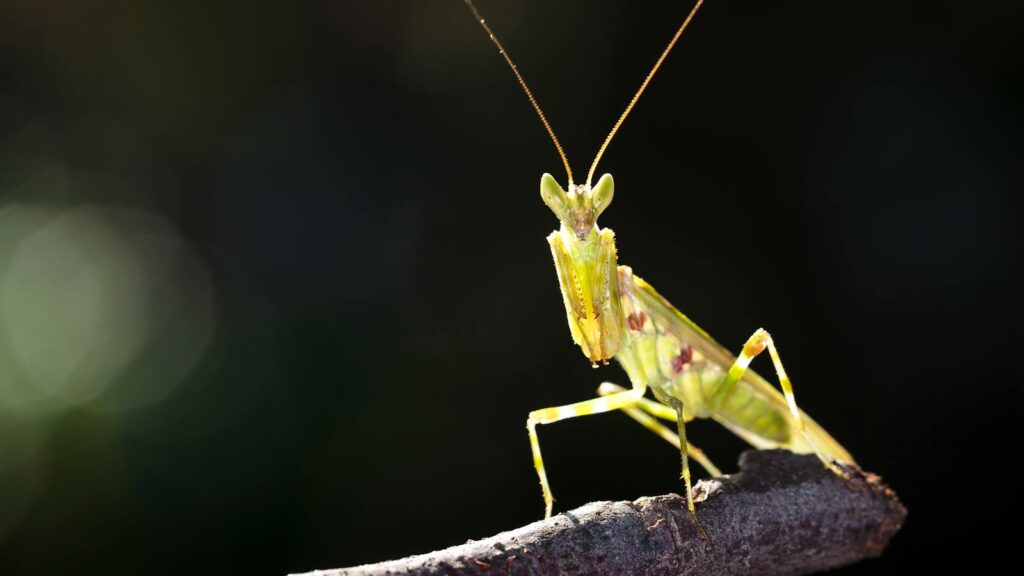
Praying mantids have earned notorious fame for their sexual cannibalism, where females devour males during or after copulation. This dramatic behavior begins when the female captures the mounting male, typically starting with his head, and continues mating while consuming her partner. Contrary to popular belief, this behavior occurs in only approximately 30% of sexual encounters in the wild, though rates vary significantly between species. Research suggests this behavior provides nutritional benefits to the female, potentially increasing egg production and offspring viability. The male’s sacrifice represents an extreme form of paternal investment, as his body provides nutrients that directly benefit his future offspring. Some male mantids have evolved counter-strategies, including cautious approaches and specialized escape behaviors to increase their chances of post-mating survival.
Spadefoot Toad Tadpoles: The Champions of Cannibalism

While technically amphibians rather than insects, spadefoot toad tadpoles (genus Spea) demonstrate what many scientists consider the most extreme case of cannibalistic transformation in the animal kingdom. These remarkable tadpoles can develop into two distinct morphs: a typical omnivore form that feeds primarily on algae and detritus, and a dramatic carnivore-cannibal morph with enlarged jaw muscles, specialized mouthparts, and a shortened gut designed for meat consumption. This cannibalistic transformation represents an extraordinary case of phenotypic plasticity – the ability of a single genome to produce different phenotypes based on environmental conditions. When born into rapidly drying desert pools with high tadpole density and protein scarcity, some tadpoles undergo rapid morphological changes within just 3-4 days, developing specialized features that allow them to consume their pond-mates efficiently. This extreme adaptation allows them to accelerate their development and metamorphose before their ephemeral desert pools completely evaporate.
Sibling Cannibalism in Lady Beetles
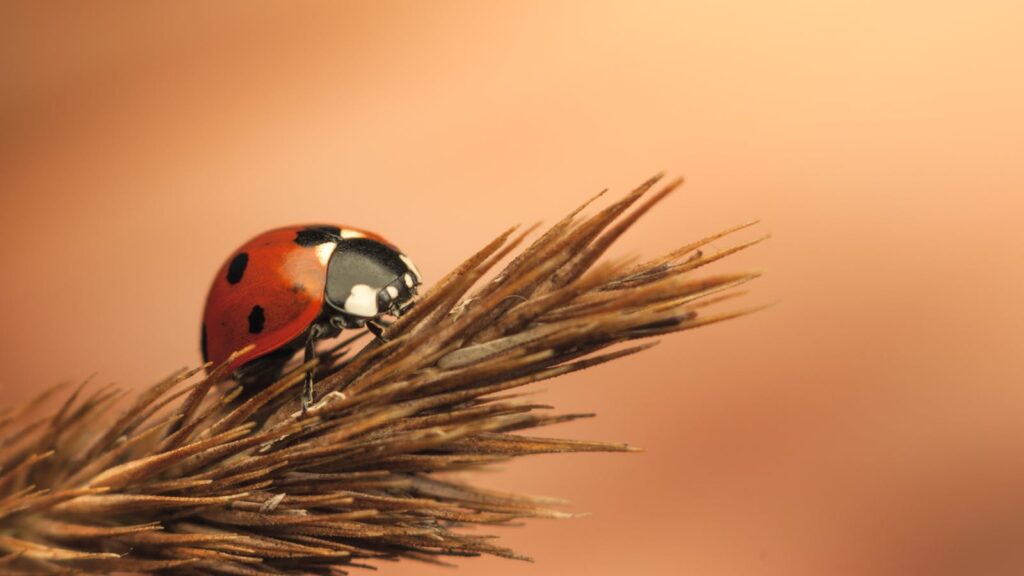
Lady beetles (Coccinellidae) exhibit one of the most systematic forms of sibling cannibalism in the insect world. When food resources are scarce, newly hatched lady beetle larvae routinely consume unhatched eggs within their clutch. This behavior begins immediately after emergence, with the first-hatching larvae turning to consume their yet-unhatched siblings. Research indicates that females deliberately lay some eggs that serve primarily as “trophic eggs” – nutritional resources for their hatched offspring rather than potential adults. Some species take this behavior further, with larger larvae systematically hunting and consuming smaller siblings when alternative prey is scarce. This strategy represents an adaptive parental investment, ensuring that at least some offspring receive adequate nutrition to reach adulthood even in challenging environmental conditions.
The Filial Cannibalism of Backswimmers

Backswimmers (Notonectidae), predatory aquatic insects, demonstrate another extreme form of cannibalism where parents consume their own offspring. Adult backswimmers are voracious predators that attack virtually any suitable-sized prey they encounter, including their own nymphs. This indiscriminate predation differs from strategic cannibalism seen in other species, as backswimmers show no apparent recognition of their genetic relatives. Laboratory studies have shown that parent backswimmers will consume over 80% of their own offspring when confined together, suggesting minimal evolutionary protection against this behavior. This extreme case reveals how predatory adaptations can sometimes override kin-selection mechanisms that typically discourage cannibalism of close relatives. The high reproductive rate of backswimmers appears to compensate for these substantial losses through filial cannibalism.
Starvation-Induced Mass Cannibalism in Locusts
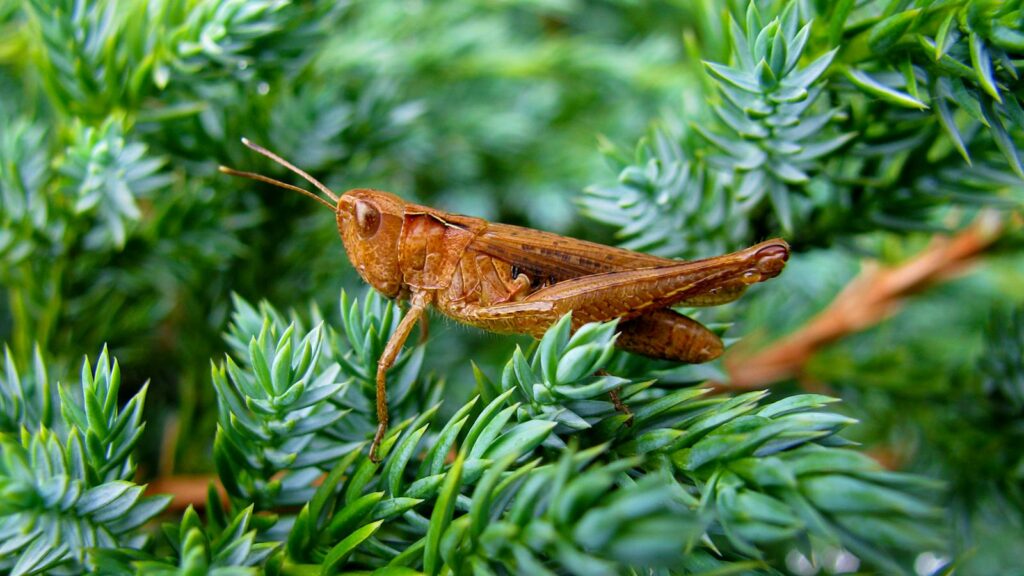
Locusts exhibit one of the most dramatic examples of population-wide cannibalism during their notorious swarms. When vegetation becomes depleted – a common occurrence during large migrations – locusts readily turn on injured, vulnerable, or molting members of their own species. This behavior creates a gruesome cascade effect, as injured individuals from initial cannibalistic attacks become targets for subsequent feeding frenzies. Research has documented entire locust populations transitioning from herbivory to cannibalism within hours when plant material becomes scarce. Remarkably, this behavior appears to be driven by simple hunger rather than specialized adaptations, demonstrating how extreme environmental conditions can rapidly transform typical herbivores into cannibals. The protein obtained through cannibalism supports continued swarming behavior and reproduction even as the swarm depletes vegetation across vast geographic areas.
Cannibalistic Specialization in Mosquito Larvae
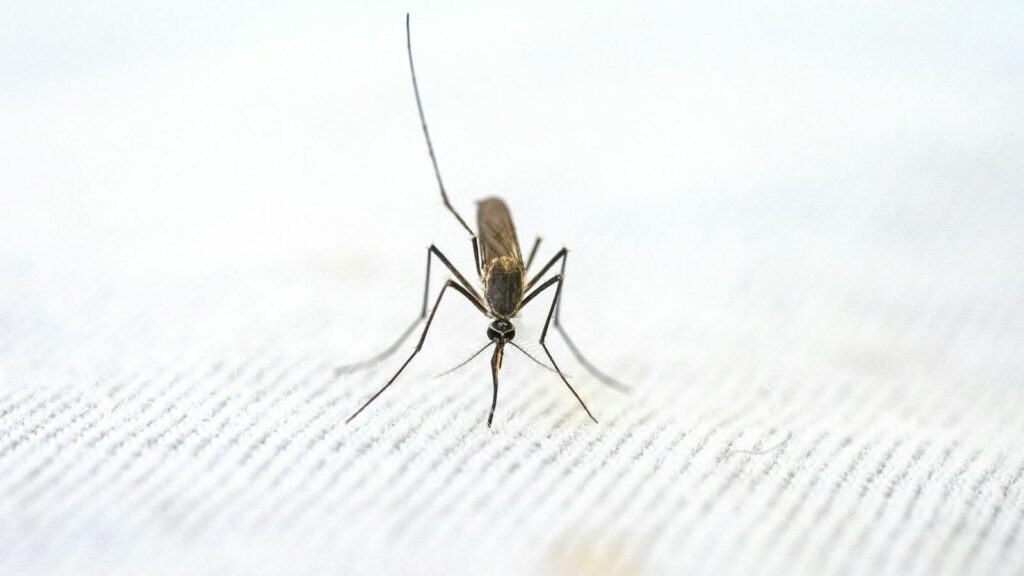
Certain mosquito species demonstrate remarkable specialized adaptations for cannibalism during their larval stages. The most extreme example occurs in Toxorhynchites mosquitoes, whose larvae evolved into obligate predators that exclusively consume other mosquito larvae, including their own species. Unlike most mosquitoes, adult Toxorhynchites don’t consume blood but feed on nectar, while their larvae have evolved specialized predatory mouthparts, enhanced vision, and hunting behaviors specifically for capturing other mosquito larvae. These adaptations include enlarged mandibles with sharp cutting surfaces and specialized striking behaviors that allow them to capture and consume dozens of other mosquito larvae during development. This extreme specialization for cannibalism has made Toxorhynchites species valuable in biological control programs targeting disease-carrying mosquitoes, as a single Toxorhynchites larva can eliminate hundreds of potential disease vectors from a breeding site.
Resource-Dependent Cannibalism in Flour Beetles
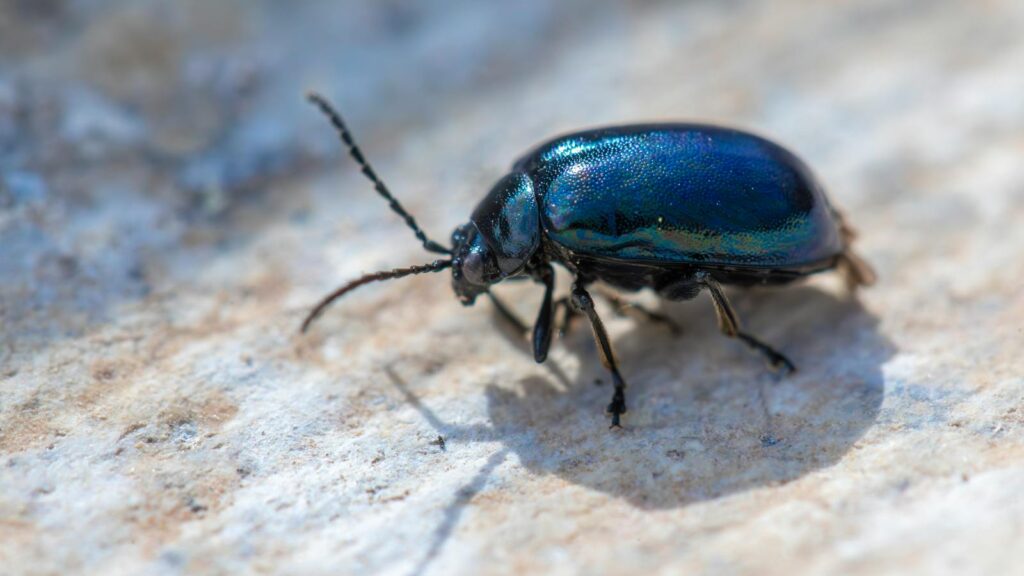
Flour beetles (Tribolium species) demonstrate how cannibalism rates can directly respond to environmental quality, creating one of the most studied models of ecological cannibalism. In optimal conditions with abundant food, cannibalism remains relatively rare in these beetles. However, as flour quality degrades through beetle activity (becoming contaminated with waste products and defensive secretions), cannibalistic behavior increases dramatically. Adults systematically consume eggs, pupae, and smaller larvae at escalating rates as environmental conditions deteriorate. Experimental studies have shown cannibalism rates can reach near 100% of vulnerable life stages in poor-quality flour. Remarkably, this behavior appears adaptive, as cannibals gain sufficient nutrition from consuming conspecifics to maintain reproduction even in severely degraded environments where standard feeding becomes insufficient for egg production.
The Extreme Case of Matriphagy in Spiders

Though arachnids rather than insects, certain spiders demonstrate perhaps the most dramatic form of cannibalism – matriphagy, or mother-eating. In species like the social spider Stegodyphus dumicola, the mother not only allows her offspring to consume her alive but actively facilitates this process. After hatching, the mother spider liquefies her internal organs through a process of programmed cell death and then exhibits behaviors that encourage her spiderlings to consume her body. The spiderlings pierce her abdomen and inject digestive enzymes that liquefy her remaining tissues, then feed on the resulting nutrient soup. This extreme sacrifice provides critical nutrients for the developing offspring, increasing their survival rates by up to 400% compared to orphaned spiderlings. This represents one of the most extreme forms of parental investment in the animal kingdom, where the mother systematically converts her entire body into offspring nutrition.
Preemptive Cannibalism in Tiger Mosquitoes
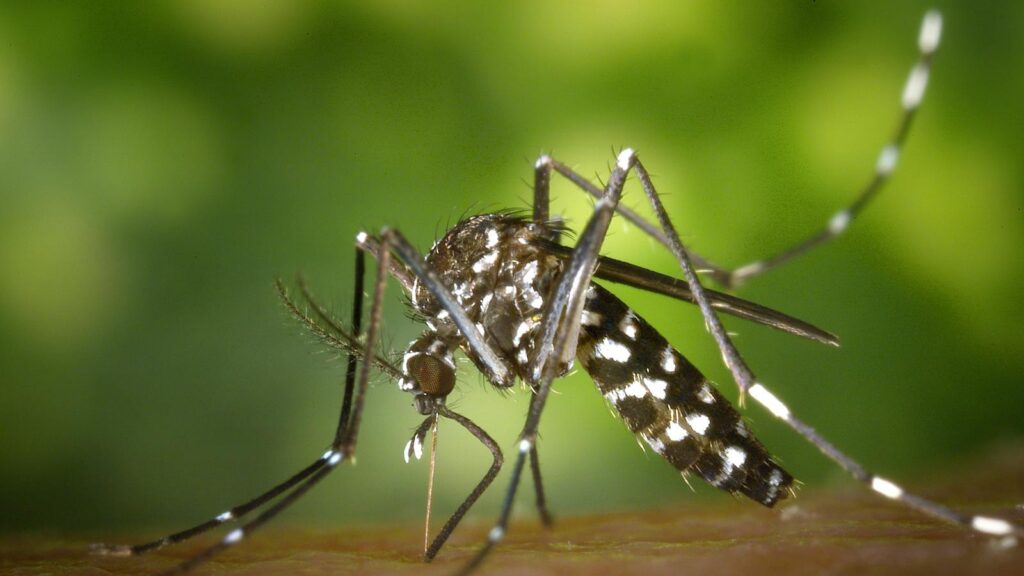
Asian tiger mosquitoes (Aedes albopictus) exhibit what researchers call “preemptive cannibalism” – consuming other mosquito species before they can become competitors. When resources become limited in small water containers where these mosquitoes breed, tiger mosquito larvae systematically attack and consume larvae of other mosquito species that share their habitat. What makes this behavior extreme is its apparent strategic nature – studies show they preferentially target competing species first, only turning to cannibalism of their own species when heterospecific prey has been eliminated. This behavior provides tiger mosquitoes with both nutritional benefits and competitive advantages, allowing them to dominate breeding sites and expand their range. This strategic hierarchy of predation represents a sophisticated adaptation that has contributed to the tiger mosquito’s success as an invasive species worldwide.
Depth-Dependent Cannibalism in Diving Beetle Larvae
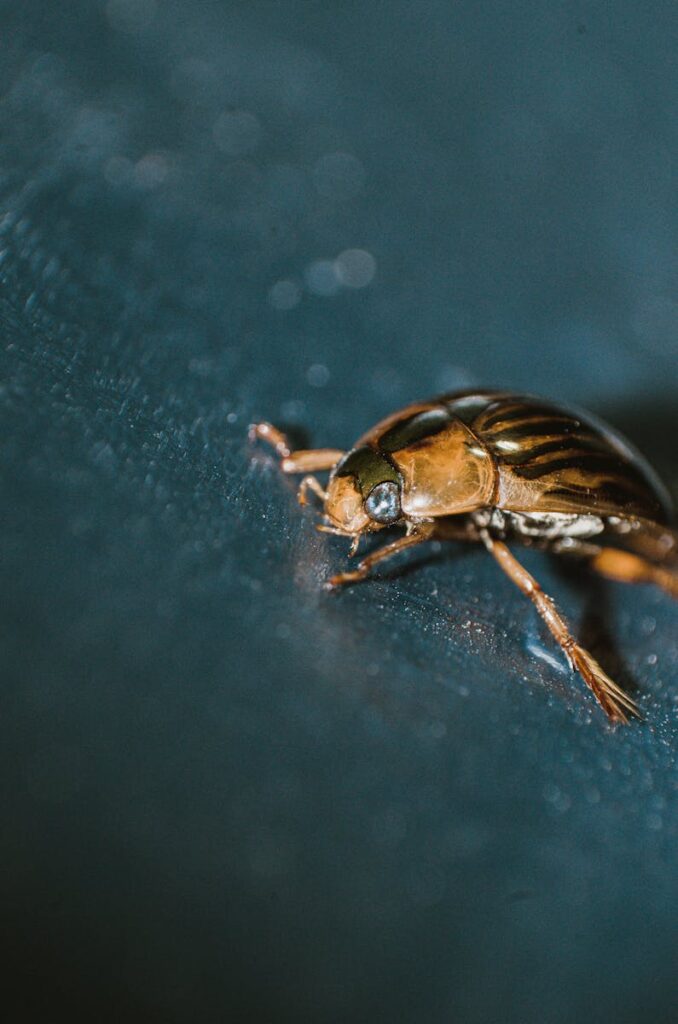
Diving beetle larvae (Dytiscidae) display an extreme form of size-structured cannibalism that creates a vertical segregation in aquatic habitats. Larger, more developed larvae systematically hunt and consume smaller conspecifics, driving a distribution pattern where different size classes occupy different depths in ponds. Younger larvae must balance feeding opportunities near the surface with predation risk from larger cannibalistic conspecifics. The largest final-instar larvae become such efficient cannibals that they can virtually eliminate smaller size classes from their preferred depth ranges. Laboratory studies demonstrate that larger diving beetle larvae can consume dozens of smaller conspecifics during their development, with cannibalism accounting for up to 80% of mortality in some populations. This extreme case shows how cannibalism can fundamentally structure the spatial distribution and population dynamics of a species.
Ecological and Evolutionary Implications of Extreme Insect Cannibalism

Extreme cannibalism in insects carries profound implications for both ecology and evolution. At the population level, cannibalism creates powerful feedback mechanisms that can prevent overpopulation and regulate community dynamics through density-dependent mortality. From an evolutionary perspective, the persistence of cannibalism despite its obvious costs (including the risk of consuming kin and disease transmission) suggests significant benefits that outweigh these disadvantages. Cannibalistic species often show specific adaptations to reduce these costs, including kin recognition mechanisms, disease resistance, and specialized morphological features. The repeated independent evolution of extreme cannibalism across insect lineages suggests this strategy represents a fundamental adaptive response to specific ecological challenges. Modern research increasingly recognizes cannibalism not as aberrant behavior but as a sophisticated strategy that helps maintain population resilience in variable environments.
Future Research Directions in Understanding Insect Cannibalism
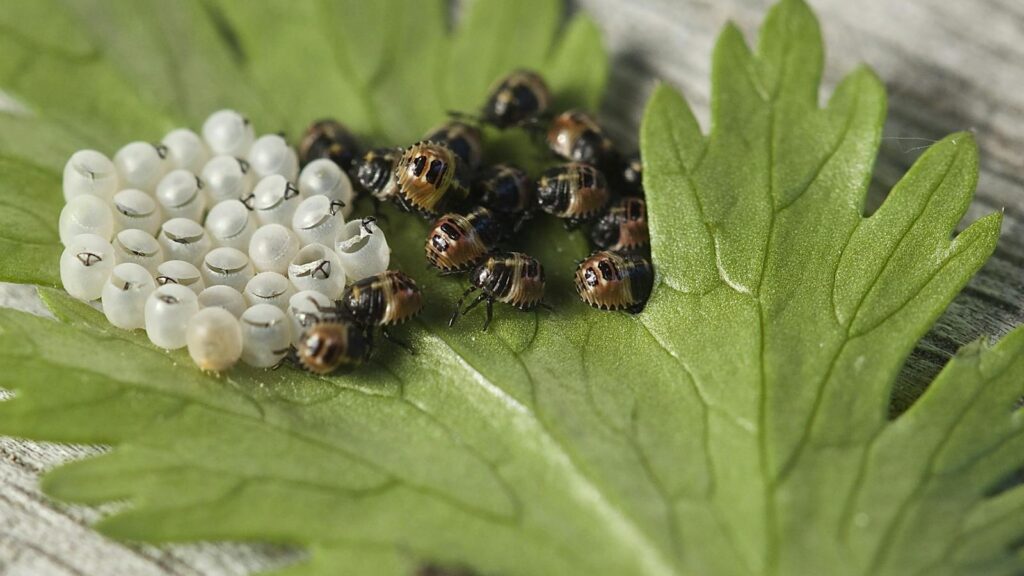
The study of extreme insect cannibalism continues to evolve with new research approaches and technologies. Genetic and molecular tools now allow researchers to identify the specific genetic pathways that regulate cannibalistic behaviors and morphological specializations. Climate change research is examining how altered environmental conditions might affect the frequency and intensity of cannibalistic behaviors in various insect populations. Neurobiology studies are beginning to unravel how cannibalistic insects process information about potential conspecific prey differently from regular prey items. Community ecology approaches are examining how cannibalism affects species interactions and ecosystem functions in complex natural environments. These diverse research directions promise to provide deeper insights into one of nature’s most fascinating yet disturbing survival strategies, potentially revealing applications in pest management, conservation biology, and evolutionary theory.
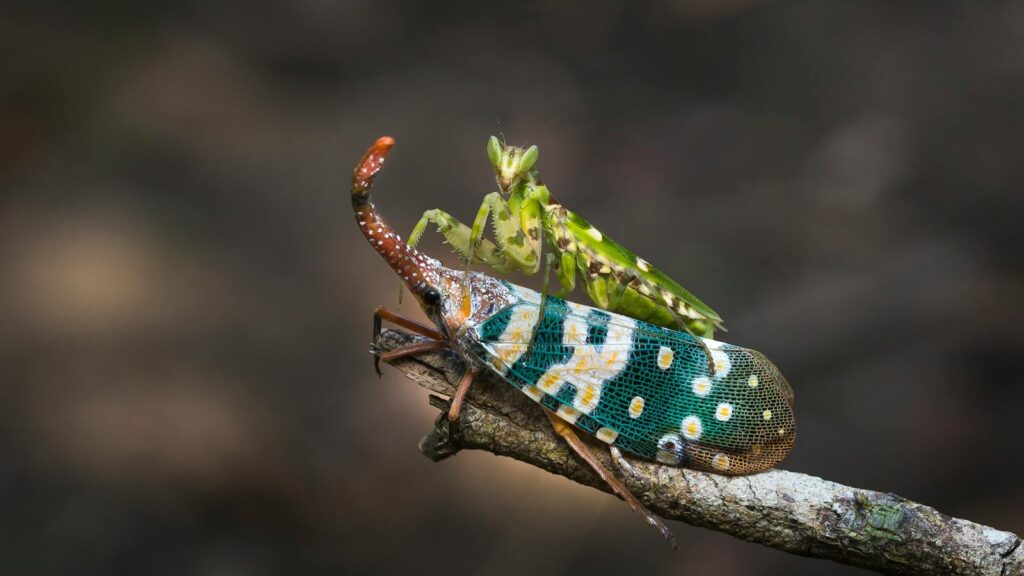
Insect cannibalism represents one of nature’s most remarkable adaptations, ranging from opportunistic consumption to highly specialized predatory strategies. The examples highlighted in this article—from the dramatic morphological transformations of spadefoot toad tadpoles to the maternal sacrifice of social spiders—demonstrate the extraordinary lengths to which natural selection has shaped cannibalistic behaviors to enhance survival and reproduction. These extreme cases challenge our understanding of ecological relationships and reveal the complex evolutionary trade-offs that emerge when organisms consume their own kind. As research continues to unveil the genetic, neurological, and ecological underpinnings of these behaviors, our appreciation for the sophisticated survival strategies employed by even the smallest creatures continues to grow, reminding us that nature’s most extreme adaptations often emerge from life’s most challenging circumstances.
